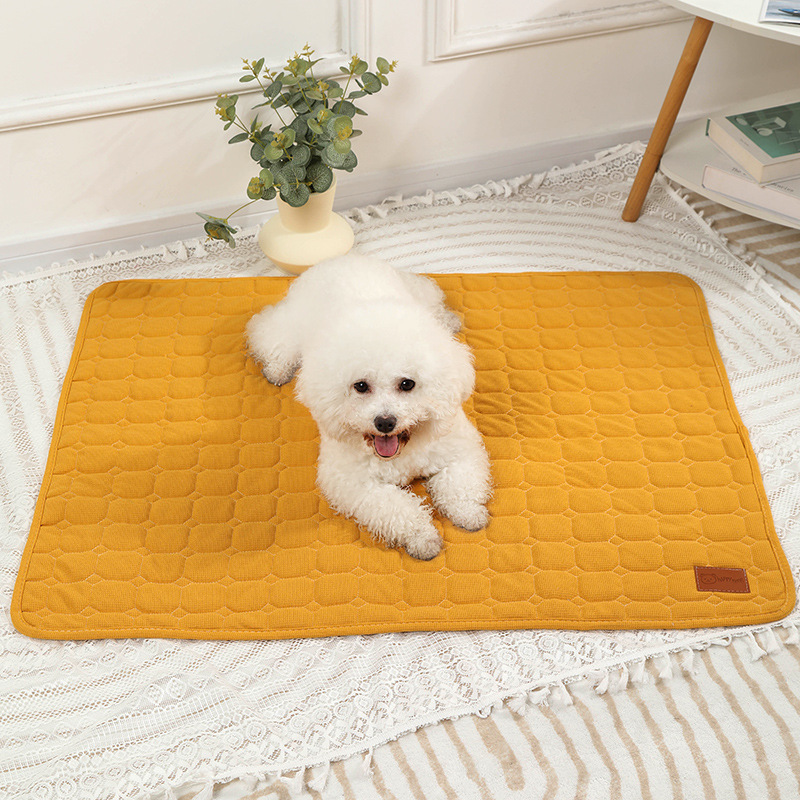
Introducing Dogs to Babies: What Every Dog Trainer and Mom Wants You to Know
As dog lovers, many of us dream of a beautiful bond between our furry friends and our little ones. Introducing dogs to babies not only brings joy and warmth to our homes but also has numerous benefits for both humans and pets. However, this process requires careful preparation, guidance from dog trainers, and the involvement of moms to ensure the safety and well-being of all family members involved.
Preparing your dog for the arrival of a baby
Before your bundle of joy arrives, it is essential to assess your dog’s behavior and temperament. This step allows you to identify any existing issues that may need to be addressed. Dog trainers play a crucial role in helping owners recognize potential behavior problems and devising strategies to address them effectively.
Gradual exposure to baby-related sounds and smells can help your dog get acquainted with the new member of the family before their arrival. This exposure can be done through recordings of baby sounds and the use of baby products such as lotions or powders. By familiarizing your dog with these stimuli, they will be less anxious and more accepting when the baby arrives.
Establishing a safe and positive environment
To ensure a harmonious relationship between your dog and your baby, establishing a safe and positive environment is paramount. Creating a designated space for your dog, such as a separate room or a comfortable dog bed, allows them to have their own sanctuary. This space should provide them with a sense of security and privacy.
Implementing boundaries and rules is another essential aspect of establishing a safe environment. Dogs, like children, thrive with structure and consistent expectations. Setting clear boundaries helps prevent potential conflicts and promotes a peaceful coexistence.
Proper supervision during interactions is crucial, especially in the early stages. Dogs may feel overwhelmed or uncertain when exposed to new situations, so it is vital for moms and dog trainers to closely monitor these interactions and step in if any signs of stress or discomfort arise.
Educating dog trainers on baby-specific training techniques
Dog trainers play a vital role in ensuring that dogs are well-prepared to interact with babies. They can help teach dogs to be calm and gentle around infants and young children. By using positive reinforcement and reward-based training methods, trainers guide dogs to understand appropriate behavior around babies.
Desensitizing dogs to baby-related stimuli is another crucial aspect of their training. This involves gradually exposing them to baby sounds, movements, and objects, ensuring that they remain calm and relaxed in such situations.
Respecting the baby’s personal space is a fundamental principle to instill in our furry friends. Dog trainers, equipped with their expertise, can guide dogs to understand appropriate boundaries and the importance of giving the baby their own space.
Educating moms on dog and baby interactions
Moms also play a significant role in promoting positive interactions between dogs and babies. Recognizing signs of stress or discomfort in dogs is crucial for ensuring the safety and well-being of both the baby and the dog. By understanding canine body language, moms can identify when their dog may need a break or require some space.
Promoting positive interactions and bonding between dogs and babies starts with gradual and supervised introductions. Encouraging gentle and respectful interactions and rewarding both the dog and the baby for their positive behavior creates a foundation of trust and connection.
Supervision and management during interactions between dogs and babies cannot be stressed enough. Direct and close supervision allows moms to intervene if necessary and ensures the safety of both parties involved.
Common challenges and how to overcome them
Introducing dogs to babies may come with its fair share of challenges. Jealousy and attention-seeking behavior are common reactions from dogs when a new baby arrives. By providing ample love, attention, and praise to the dog during this transition, these feelings can often be minimized.
Resource guarding and territorial issues are other challenges that may arise. Dog trainers can provide expert guidance on managing these behaviors through positive reinforcement and proper training techniques. Ensuring that dogs understand that sharing space and resources with the baby is beneficial and rewarding helps create a harmonious environment.
Managing hyperactivity and excitability around babies is crucial to maintain a safe and calm atmosphere. Regular exercise and mental stimulation for dogs can help reduce their energy levels and prevent overexcitement during interactions with the baby.
Keep up with the latest trends and developments by visiting our Trending article regularly. And checkout amazing pet products for your furry friend here.
Conclusion
Introducing dogs to babies is a journey that requires patience, preparation, and ongoing training. The collaboration between dog trainers and moms is vital in creating a safe and nurturing environment for both the dog and the baby. By following these guidelines and seeking professional guidance, you can establish a strong bond between your furry friend and your little one. The benefits of a harmonious relationship between dogs and babies extend beyond companionship, providing countless years of joy and cherished memories for the entire family.
Remember, a well-prepared and educated approach sets the stage for a beautiful friendship between dogs and babies. So embrace this adventure and enjoy watching your loving pet and your precious little one grow together in a world filled with love and wagging tails.



